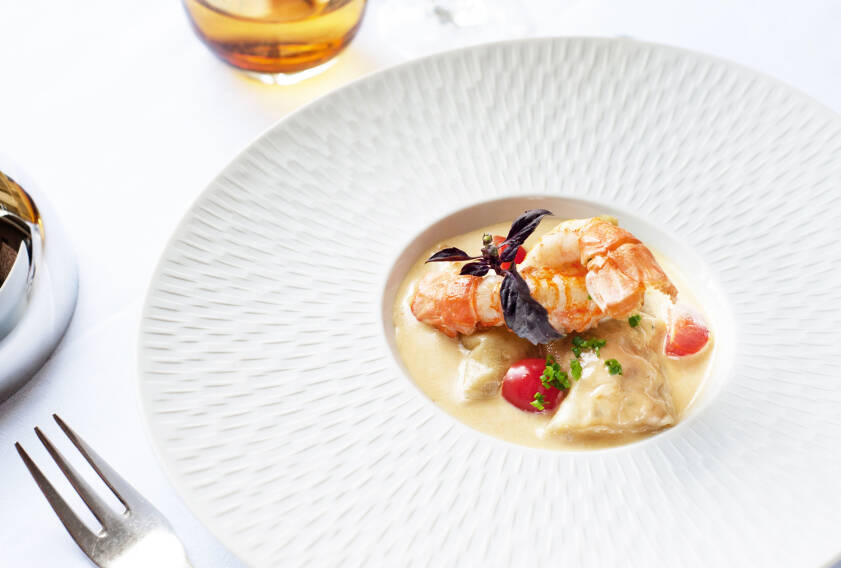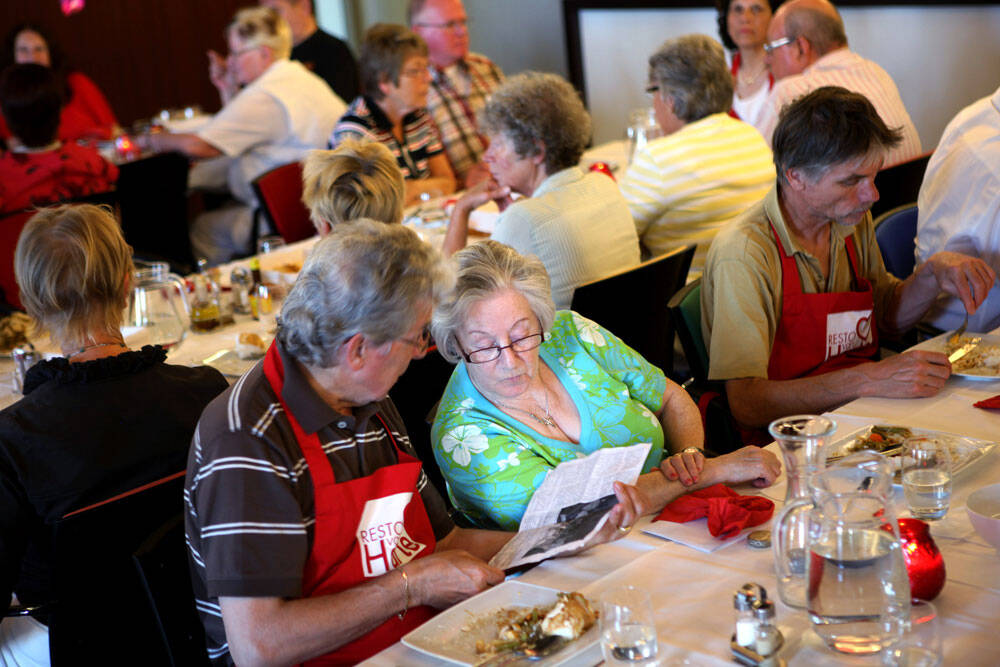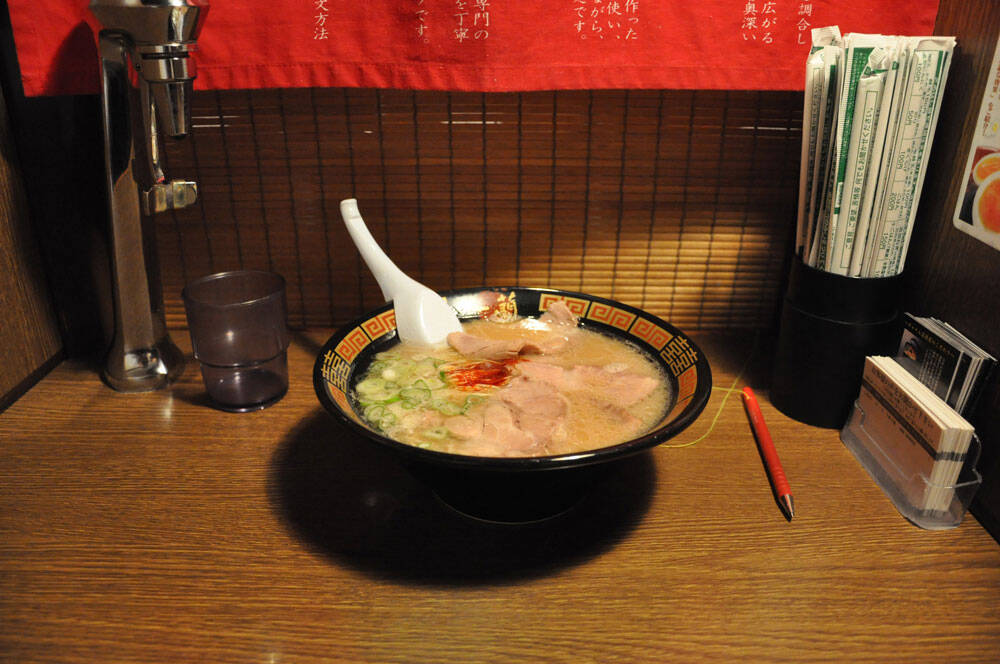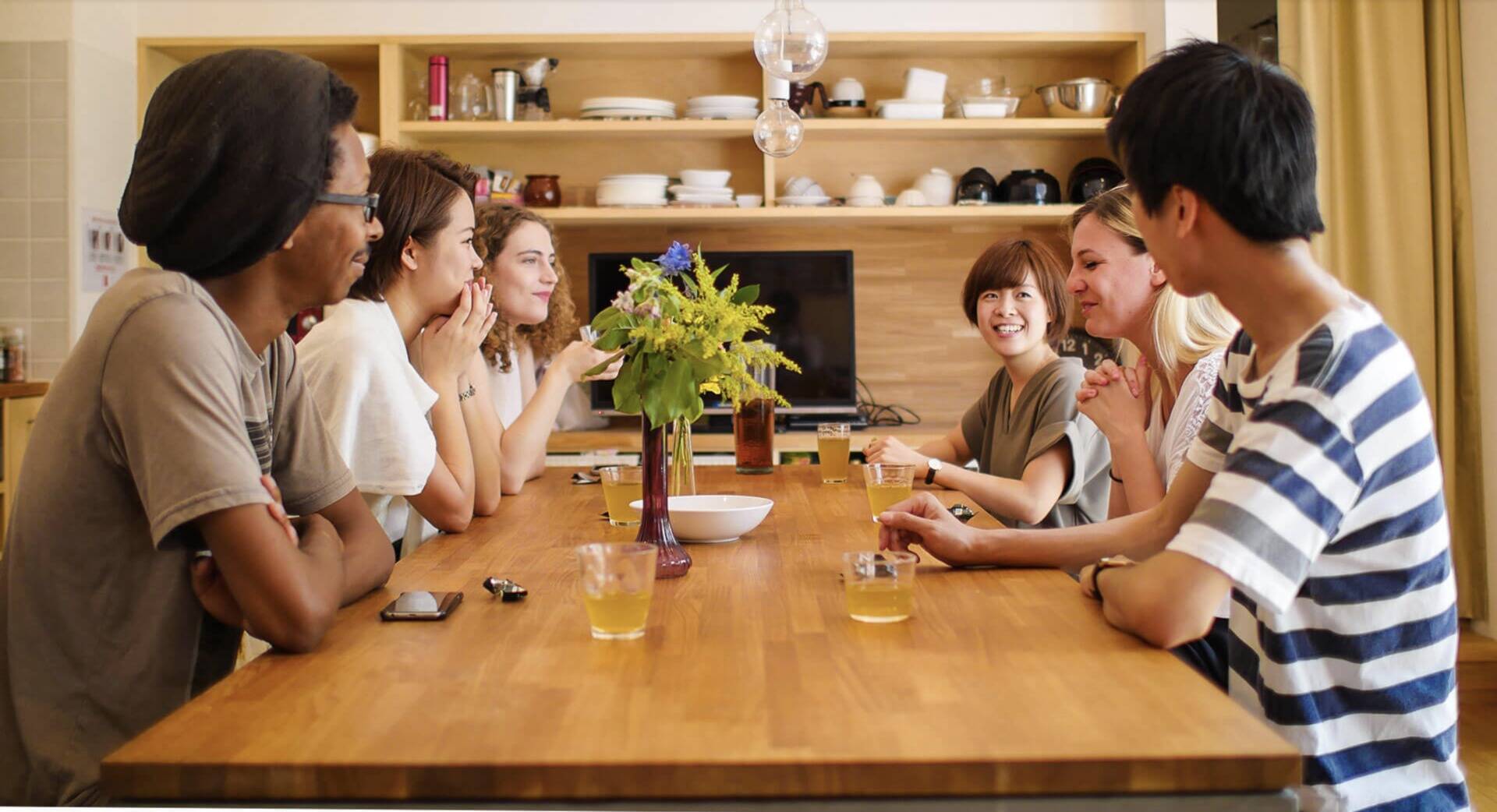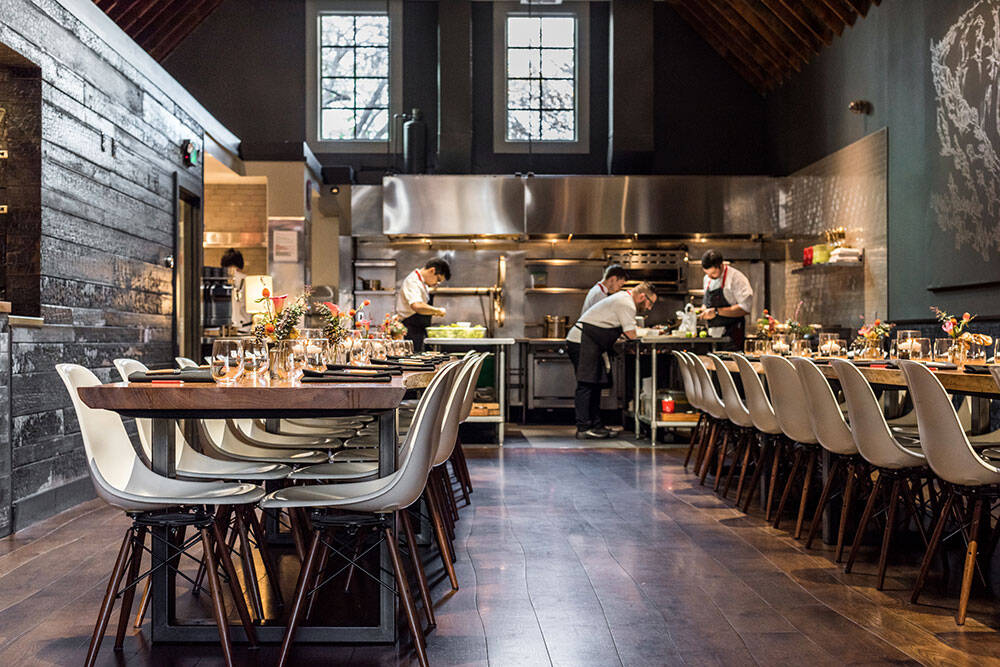DINING ALONE
TOGETHER
Last year saw a record number of single meals sold in both retail and delivery channels. At the same time there seems to be an increased demand for shared meals. These concepts jump into the breach and turn solo dinners into shared experiences.
Maaike de Reuver & Floortje Ijssel de Schepper Xiao-Er Kong
A good neighbor might be worth more than a distant friend is the idiomatic reasoning behind Resto van Harte in the Netherlands.
Resto van Harte
RECIPE FOR A BETTER NEIGHBORHOOD
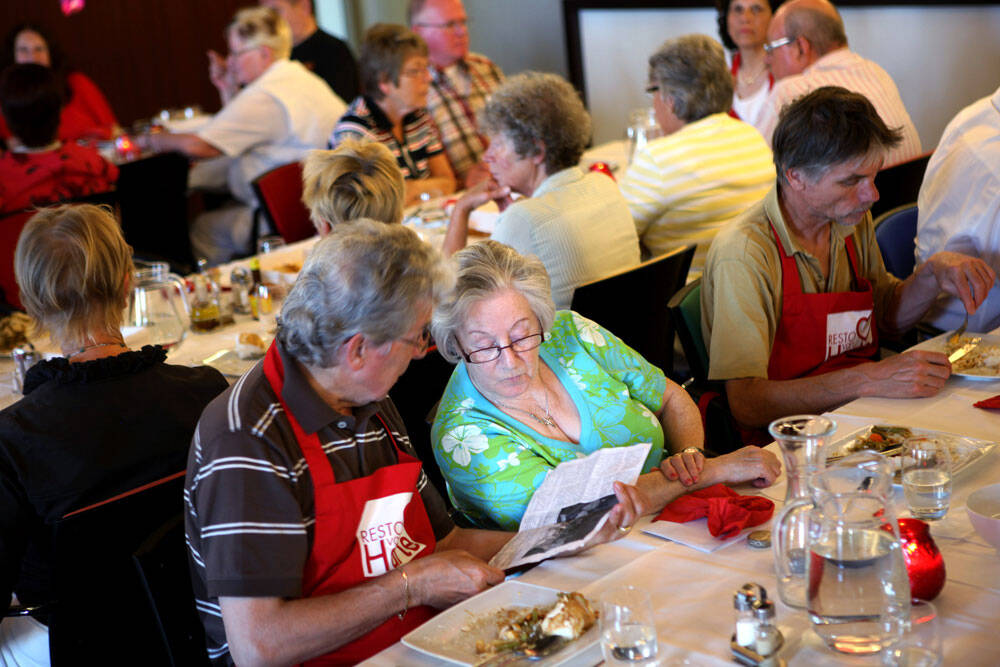

Lazy Bear
Restaurant Lazy Bear in San Francisco is living proof that restaurants do more than merely fill stomachs

Château de Burnand
At Château de Burnand, you are a personal guest of hostess Jeane Seah, and offered a seat at her table.
Ichiran
SOCIAL SOLO DINING
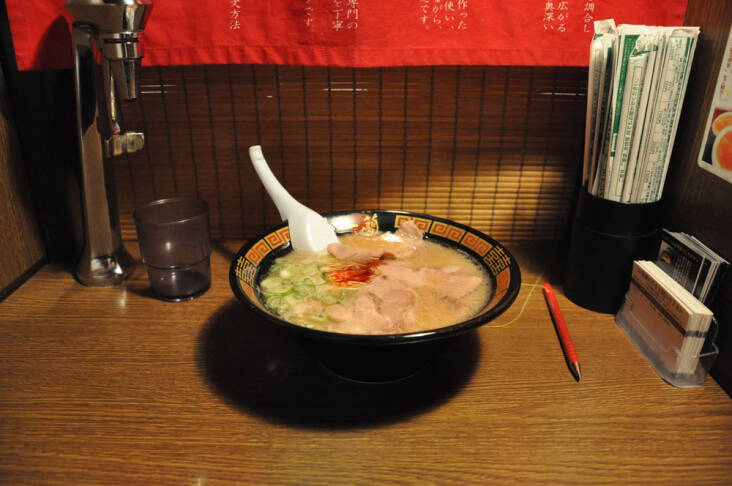
Château de Burnand
AT SEAT AT THE HOST'S TABLE
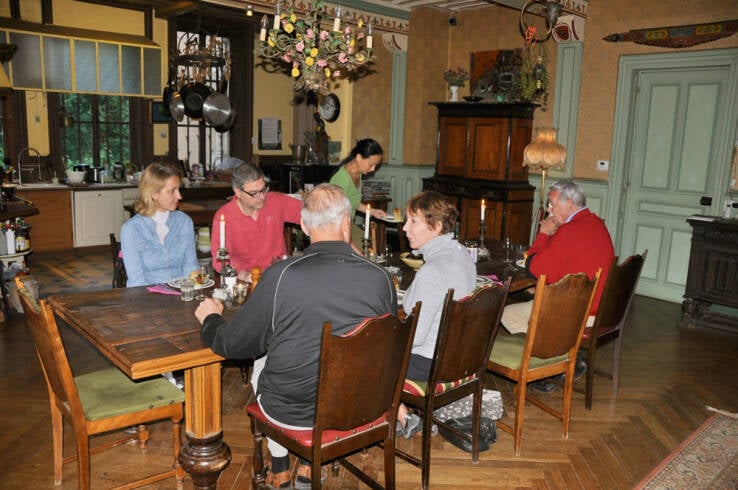
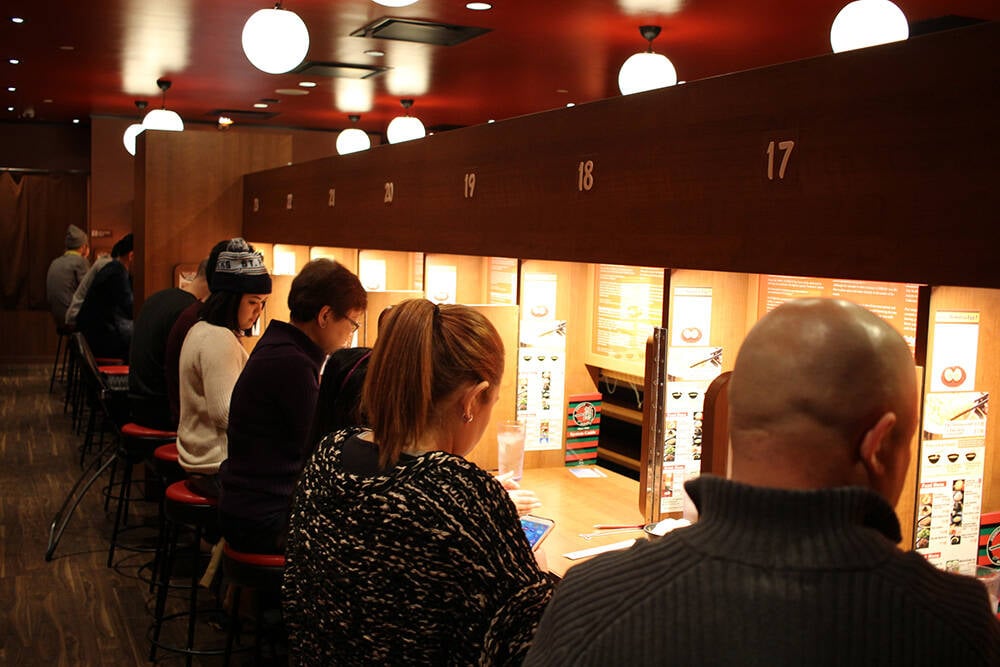
Café Sjiek
DINING WITH THE LOCALS

Restaurant Lazy Bear in San Francisco is living proof that restaurants do more than merely fill stomachs.
Lazy Bear
ULTIMATE SOLO NIGHT OUT
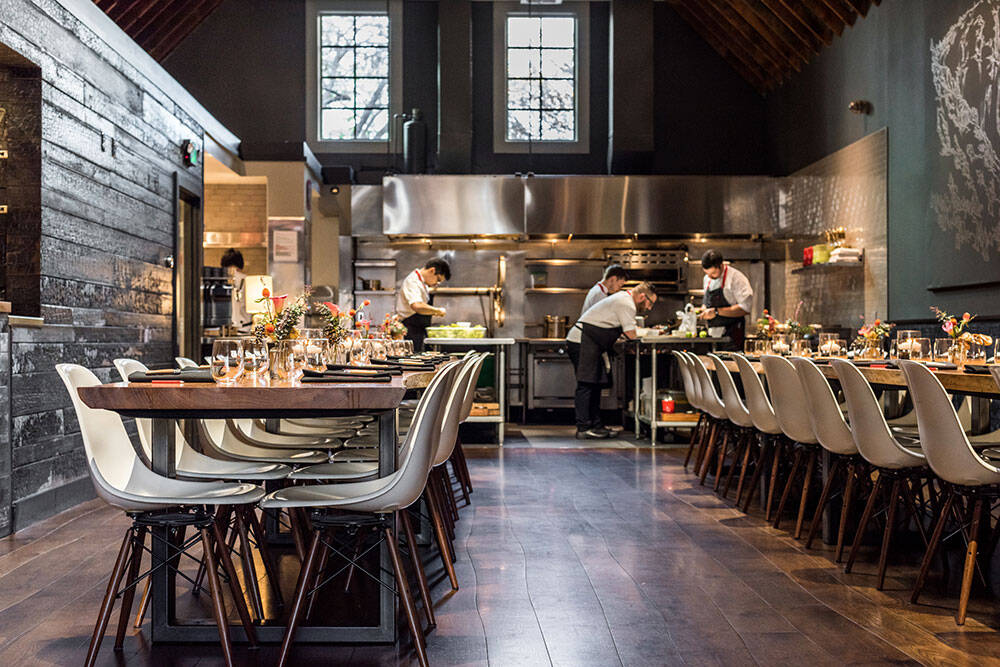
The Borderless House
JOURNEY AT HOME
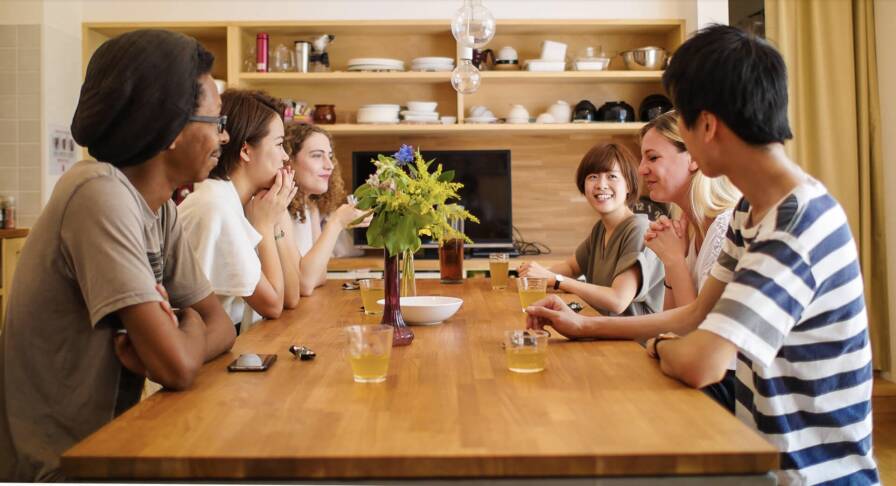
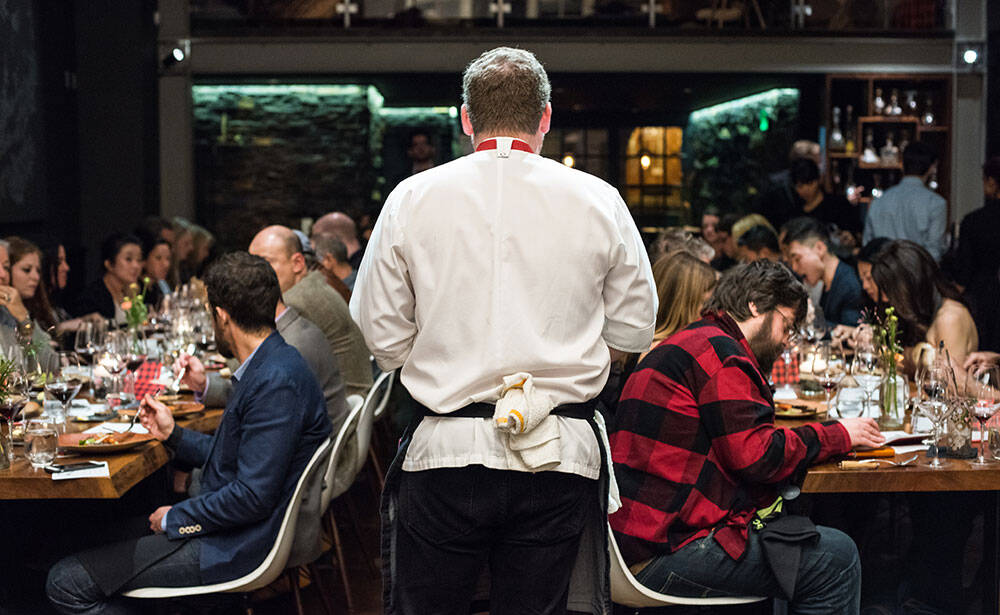
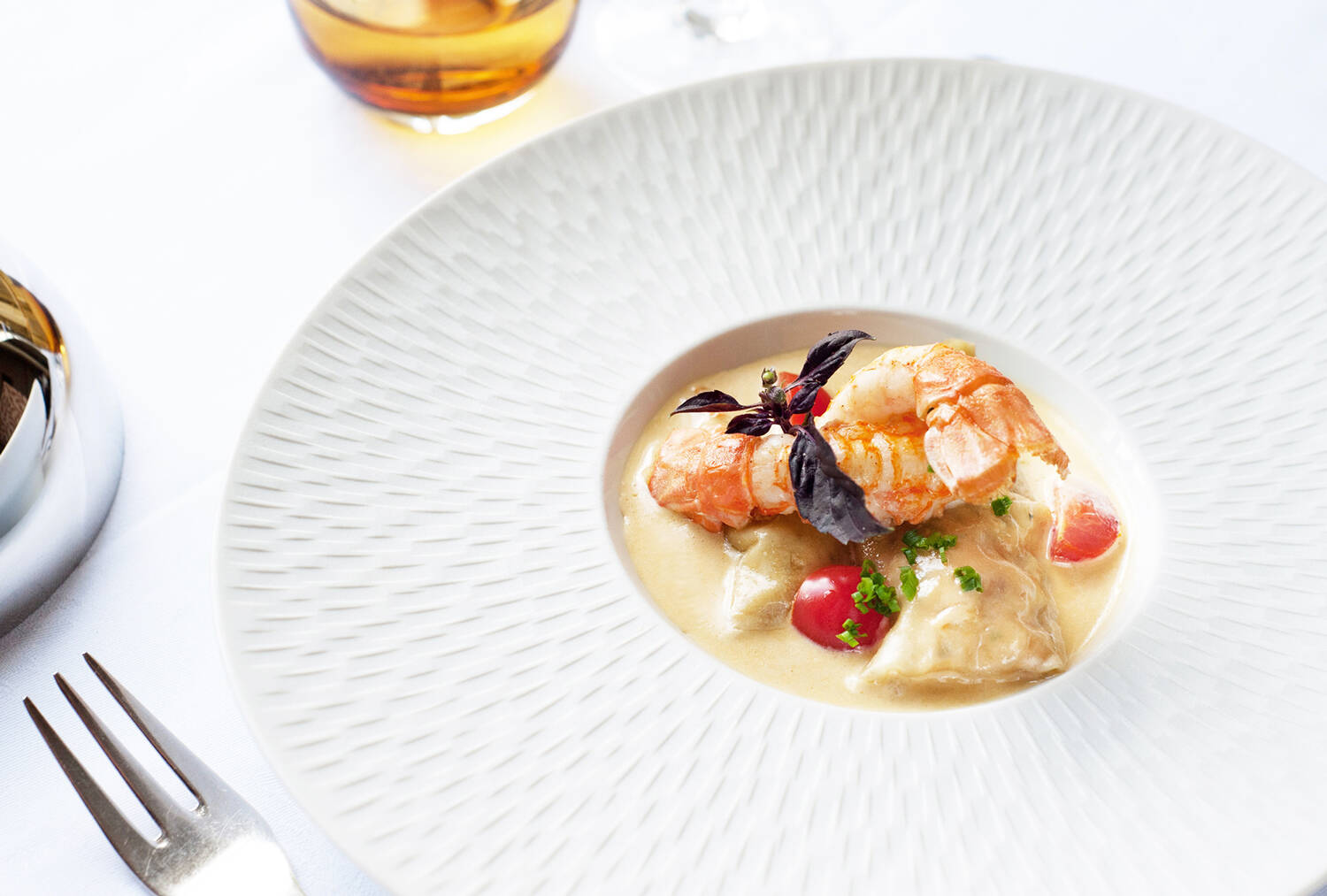

6/6
5/6
4/6
3/6
2/6
1/6
Photo by Vincent van den Hoogen
Various locations in the Netherlands
A good neighbor might be worth more than a distant friend is the idiomatic reasoning behind Resto van Harte in the Netherlands. This social initiative connects neighbors with each other over a shared meal. Neighbors cook for each other and eat together, reducing social isolation and combating loneliness.
Resto van Harte currently operates in 24 Dutch cities. Once a week, the neighborhood center organizes a three course dinner by and for people living in the area. At eight dollars a person, the price isn’t much of a barrier.
RECIPE FOR A BETTER NEIGHBORHOOD
Resto van Harte
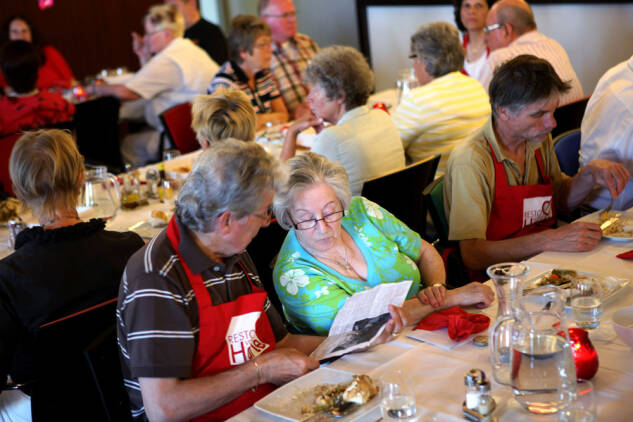

Photo by Shinya Suzuki
Ichiran, 374 Johnson Avenue, New York, US
South Korea is ahead of the curve, but Japan and the US have also begun adopting the Hon Bap restaurants. These are concepts specifically designed to cater to an overworked population chronically short on time for socializing or cooking, but in the market for quick and healthy meals.
The Japanese solo dining ramen restaurant chain Ichiran (also in New York) is a popular restaurant that offers special eat-alone places for these Hon Bappers. The social stigma around solo dining seems conspicuously absent. Hon Bap dinners are often shared on social media, allowing people to connect with others in their own way.
SOCIAL SOLO DINING
Ichiran
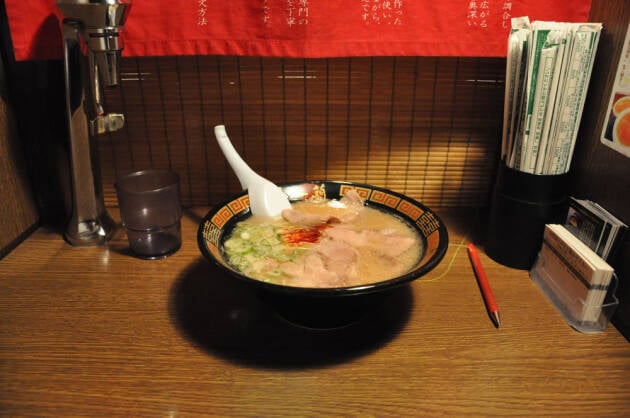

Photo by Jeane Seah
Château de Burnand, Place de l'Église 2, France
The medieval Château de Burnand, located in the Bourgogne region of France, has been skillfully transformed into a breathtaking hotel with four suites and a single room.
Here, you are a personal guest of hostess Jeane Seah, and offered a seat at her table. Every night she serves a three course meal for all of her guests. The setting isn’t the only thing reminiscent of royalty, the meal itself is a veritable feast. Seated at long communal tables the guests all enjoy a locally sourced dinner. Les tables d’hôtes has quickly become the primary reason for a stay in this castle.
AT SEAT AT THE HOST'S TABLE
Château de Burnand
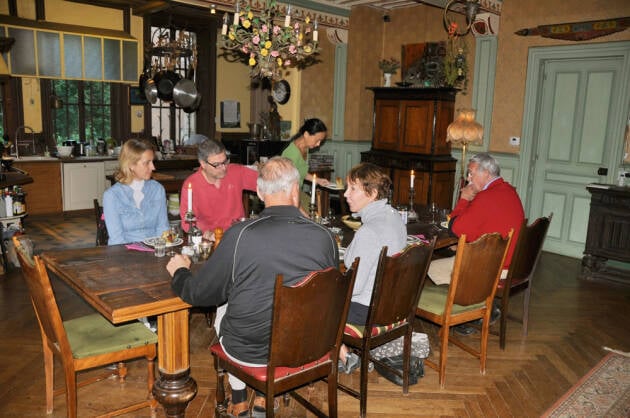

Photo from cafesjiek.nl
Sint Pieterstraat 13, Maastricht, Netherlands
Café Sjiek opened its doors in 1982, becoming the first of its kind in the Dutch city of Maastricht. It pioneered the concept of shared dining by placing strangers at the same table from day one.
In the early days, it was mostly meant as a way to reconnect locals with each other, but with the surge in international tourism and a growing expat community, it has become much more than just that.
From a business perspective this approach makes sense, too. It’s significantly easier to fill seats when anyone can be seated next to everyone.
DINING WITH THE LOCALS
Café Sjiek


Various locations
‘Why should you have to travel to experience different cultures?’ This is the central question behind Japanese chain The Borderless House. Their homes are inhabited by locals and tourists alike, 50/50. One of the main reasons to live in this kind of arrangement is a rapid development of language skills. Tourists can work on their Japanese, while the locals pick up English, Spanish, Chinese, or any other language you can think of.
A second, equally important reason is experiencing a different (culinary) culture. The chain consists of 41 different shared houses in the greater Tokyo area, and has already expanded to Taiwan and South Korea.
JOURNEY AT HOME
The Borderless House
Photo from borderless-house.com
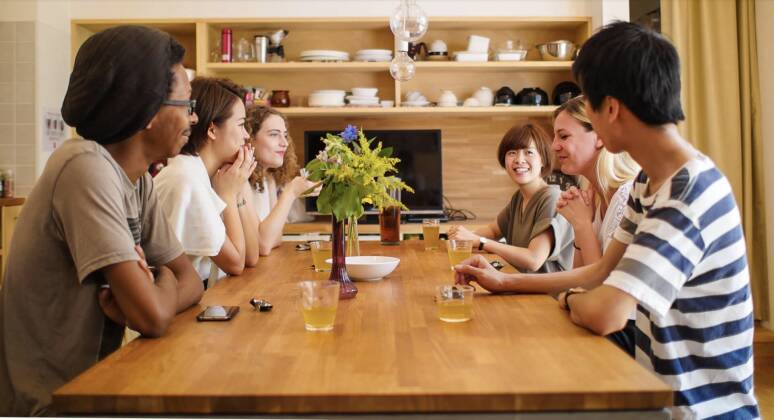

Photo by Kassie Boreson
Lazy Bear, 3416 19th Street, San Francisco, US
Restaurant Lazy Bear in San Francisco is living proof that restaurants do more than merely fill stomachs. This place is all about connecting people. Dinner here is a true experience.
To eat here you buy a ticket in advance, with no refunds. If you can’t make it, they’d rather you give your ticket to someone else.
Upon entry, guests are seated at large communal tables and served whatever the chef has come up with that evening. At the very least, the food serves as an excellent conversation starter.
Lazy Bear
ULTIMATE SOLO NIGHT OUT
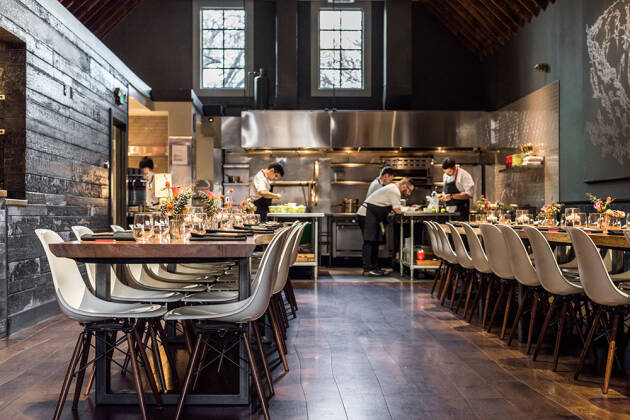
Maaike de Reuver & Floortje Ijssel de Schepper Xiao-Er Kong
Last year saw a record number of single meals sold in both retail and delivery channels. At the same time there seems to be an increased demand for shared meals. These concepts jump into the breach and turn solo dinners into shared experiences.

DINING ALONE
TOGETHER
